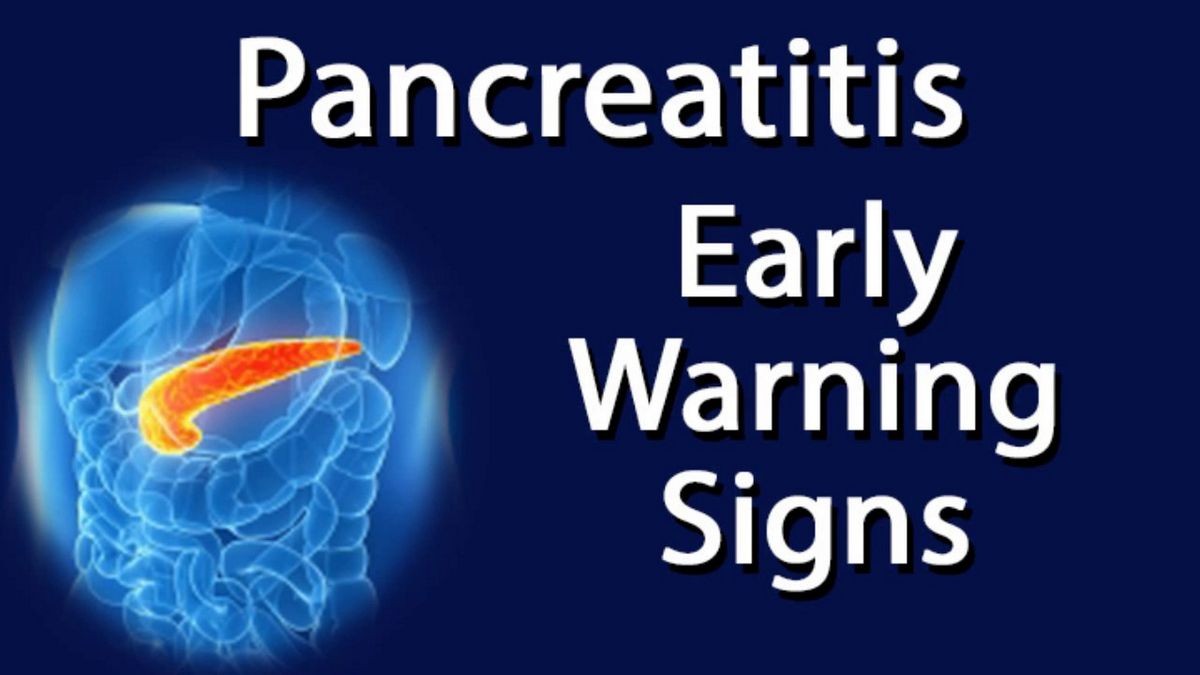
Contents
Warning Signs of Pancreatitis
Pancreatitis is characterized by upper abdominal pain that may spread to the back. Other symptoms include fever, nausea, vomiting, rapid pulse, loss of appetite, difficulty breathing, and cough.
In the United States, pancreatitis is a common reason for hospital admission among individuals with gastrointestinal issues. It is an inflammation of the pancreas caused by the irritation or harm of the pancreas by digestive enzymes, instead of them flowing into the small intestine through the pancreatic duct.
The pancreas, located in the upper abdomen behind the stomach, is a vital organ that produces digestive enzymes and hormones like insulin, which regulate blood sugar.
Symptoms of pancreatitis can range from mild to severe, with sudden pain in the center of the upper abdomen being a potential sign. While mild cases may resolve on their own, most people will require treatment for their symptoms. Severe cases can lead to life-threatening complications.
Repeated incidents of acute pancreatitis can result in damage to the pancreas and chronic pancreatitis. Recognizing the signs and symptoms of pancreatitis is crucial to seek appropriate management and treatment.
Signs and Symptoms of Pancreatitis
The signs and symptoms of pancreatitis can vary depending on the severity and whether it is acute or chronic. For most people, upper abdominal pain is the primary symptom, which may also radiate to the back.
Other common symptoms include:
- Fever
- Nausea
- Vomiting
- Worsening stomach pain after eating
- Rapid pulse
- Discomfort when touching the stomach area
- Loss of appetite
- Pain when breathing deeply or coughing
Types of Pancreatitis
Pancreatitis can be either acute or chronic. Acute pancreatitis occurs suddenly and lasts for several days, while chronic pancreatitis is a progressive disease that damages the pancreas over time.
In acute pancreatitis, inflammation occurs suddenly, leading to upper abdominal pain of varying intensity that can persist for several days or longer.
Chronic pancreatitis is a progressive disease that does not heal over time. It usually starts in individuals aged 30 to 40, with a higher prevalence among men. Initial symptoms resemble those of acute pancreatitis, but as the disease progresses, malnourishment, unintentional weight loss, and oily stools (steatorrhea) due to fat malabsorption may occur.
Causes of Pancreatitis
The most common cause of acute pancreatitis in the United States is gallstones, which obstruct the common bile duct. This blockage prevents the flow of pancreatic fluid, leading to inflammation. The longer the blockage remains, the more severe the symptoms and damage to the pancreas.
Chronic pancreatitis is primarily caused by chronic alcohol use. It can also result from pancreatic injury, certain medications, infections such as Salmonellosis, or have a genetic component, as evidenced by the increased risk among individuals with cystic fibrosis.
When to Seek Medical Attention for Pancreatitis
If you experience severe abdominal pain, especially if it prevents you from finding a comfortable position or sitting still, you should immediately contact your doctor. Even if the pain is less severe but persistent, you should still seek medical advice.
Acute pancreatitis can lead to severe complications, including kidney or organ failure, pancreatic infections, necrotizing pancreatitis, and breathing difficulties.
Chronic pancreatitis increases the risk of diabetes, malnutrition, unintended weight loss, fat malabsorption, and pancreatic cancer.
Diagnosing Pancreatitis
To diagnose pancreatitis and determine the underlying cause, your doctor will likely perform blood tests, imaging tests (such as X-rays or ultrasound), a physical examination, and review your medical history. Providing information about any history of gallbladder disease, family history of pancreatitis, or chronic alcohol misuse will aid in the diagnosis.
During the physical exam, the doctor will assess abdominal tenderness, rigidity of the stomach wall muscles, and listen for intestinal sounds. They will also inquire about the onset, severity, and duration of your pain.
Imaging tests can help identify if a gallstone is causing the problem, with a computed tomography (CT) scan providing additional information to assess complications or confirm uncertain diagnoses. If an infection is suspected, the doctor may need to collect a urine sample to check for elevated enzymes.
Treatments for Pancreatitis
The primary objective in treating pancreatitis is to rest the pancreas and address its underlying cause, if known. Hospitalization is often necessary, regardless of whether it is acute or chronic pancreatitis, to receive appropriate treatments.
During the hospital stay, intravenous (IV) fluids may be administered to prevent dehydration, along with pain medications and a low-fat diet. If eating is not possible, a feeding tube may be required. Additional treatments such as gallstone removal surgery or medications for suspected infections may be necessary.
For chronic pancreatitis, managing complications and pain is a priority. Vitamins and medications may be prescribed to aid digestion in addressing malabsorption issues. Surgical intervention may be required to relieve pressure, remove blockages, or excise damaged portions of the pancreas.


